Tired of Coffee? Here’s Your Guide to Brewing Matcha, Maté, and More (the Right Way)
For years, my world has revolved around what’s in a cup. I’ve run cafes, trained baristas, and helped more people than I can count find the perfect morning brew. Let’s be honest, coffee is the king for a reason. That aroma, that reliable kick… it’s a tough act to follow. But I’ve also met tons of people who were looking for something else—something that didn’t come with the jitters, the afternoon crash, or a taste they just never warmed up to.
In this article
So, this guide is for you. It’s for the curious, the caffeine-sensitive, and anyone who just wants to shake up their daily ritual. We’re not just going to list alternatives. We’re going to get into the nitty-gritty: how to make them right, why the little details matter, and what to realistically expect from each one. This is about finding a new ritual that you actually love.
First, Why Does Coffee Feel Like… Coffee?
Before we jump into alternatives, it helps to know what we’re trying to change. That classic coffee jolt comes from caffeine, a stimulant that works by blocking the sleep-inducing chemicals in your brain. A typical cup of coffee has around 95 mg of caffeine, and it hits your system fast. That’s the “jolt.”
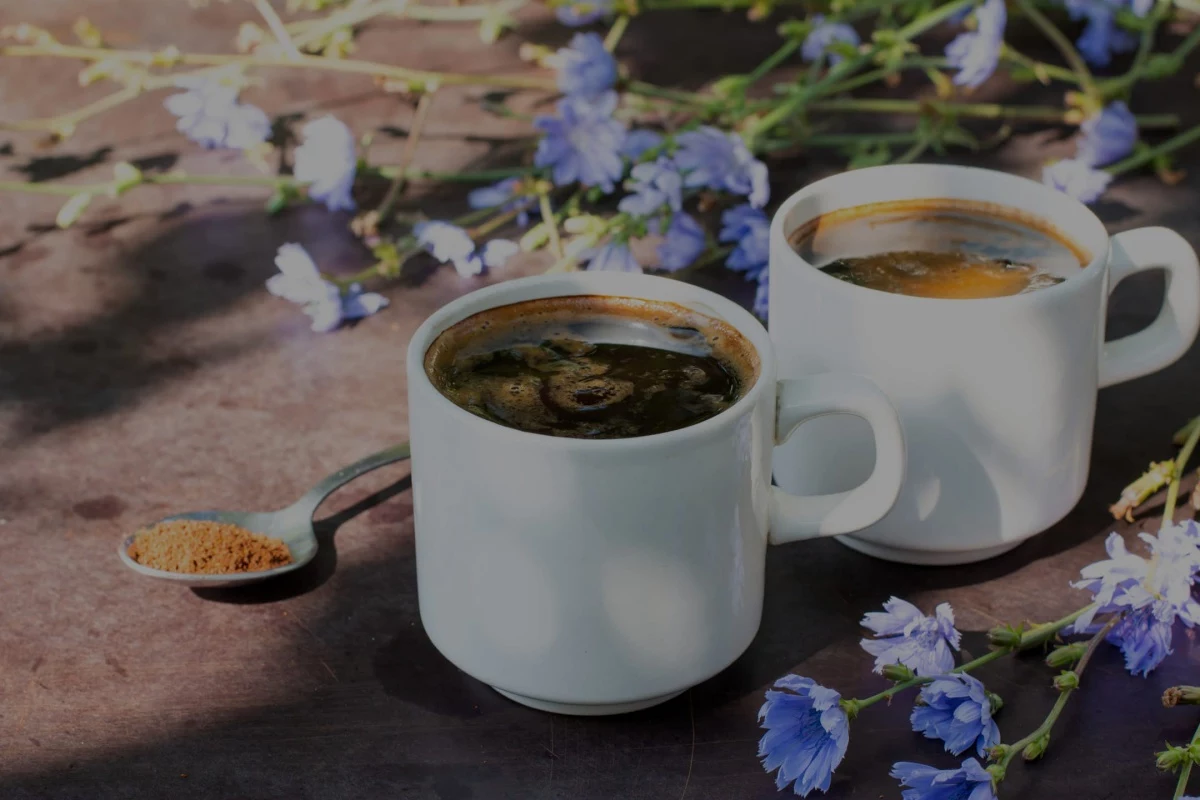
For some, that’s perfect. For others, it’s a one-way ticket to anxiety, a racing heart, and the dreaded caffeine crash a few hours later. Many alternatives work differently. They might have less caffeine, or they might pair it with other natural compounds that create a smoother, more focused energy. Understanding this little bit of science makes it way easier to pick a new drink that actually fits your needs.
A Quick Look at Your Options
So you know what you’re getting into, here’s a quick rundown of what we’re covering. Think of it as the menu before you order.
- Matcha: For a focused, calm energy. It has a decent amount of caffeine (around 70 mg), but it feels very different from coffee. The taste is grassy and savory (umami), not bitter. Prep can be a bit of a ritual, but it’s quick once you get the hang of it. Cost-wise, you’re looking at about $1.50 to $2.00 per cup for the good stuff.
- Yerba Maté: This one is for serious, sustained energy. It packs almost as much caffeine as coffee (about 85 mg) but many find it feels smoother. The flavor is bold, earthy, and sometimes a bit smoky. It’s super budget-friendly, often costing less than $0.50 a serving.
- Masala Chai: A warming, aromatic brew with a gentler caffeine kick (around 40-50 mg). It’s a blend of strong black tea and spices. Making it from scratch takes about 10 minutes, but it’s worlds better than the sugary cafe syrups.
- Roasted Roots (Chicory & Dandelion): These are your go-to for a coffee-like flavor with ZERO caffeine. They’re dark, rich, and earthy. Perfect for an evening drink or for anyone quitting stimulants altogether. They’re also very inexpensive.
- Simple Rituals (Lemon Water & Golden Milk): Completely caffeine-free options focused on wellness and sensory experience. These are less about replacing coffee’s flavor and more about starting your day with a healthy, refreshing habit.
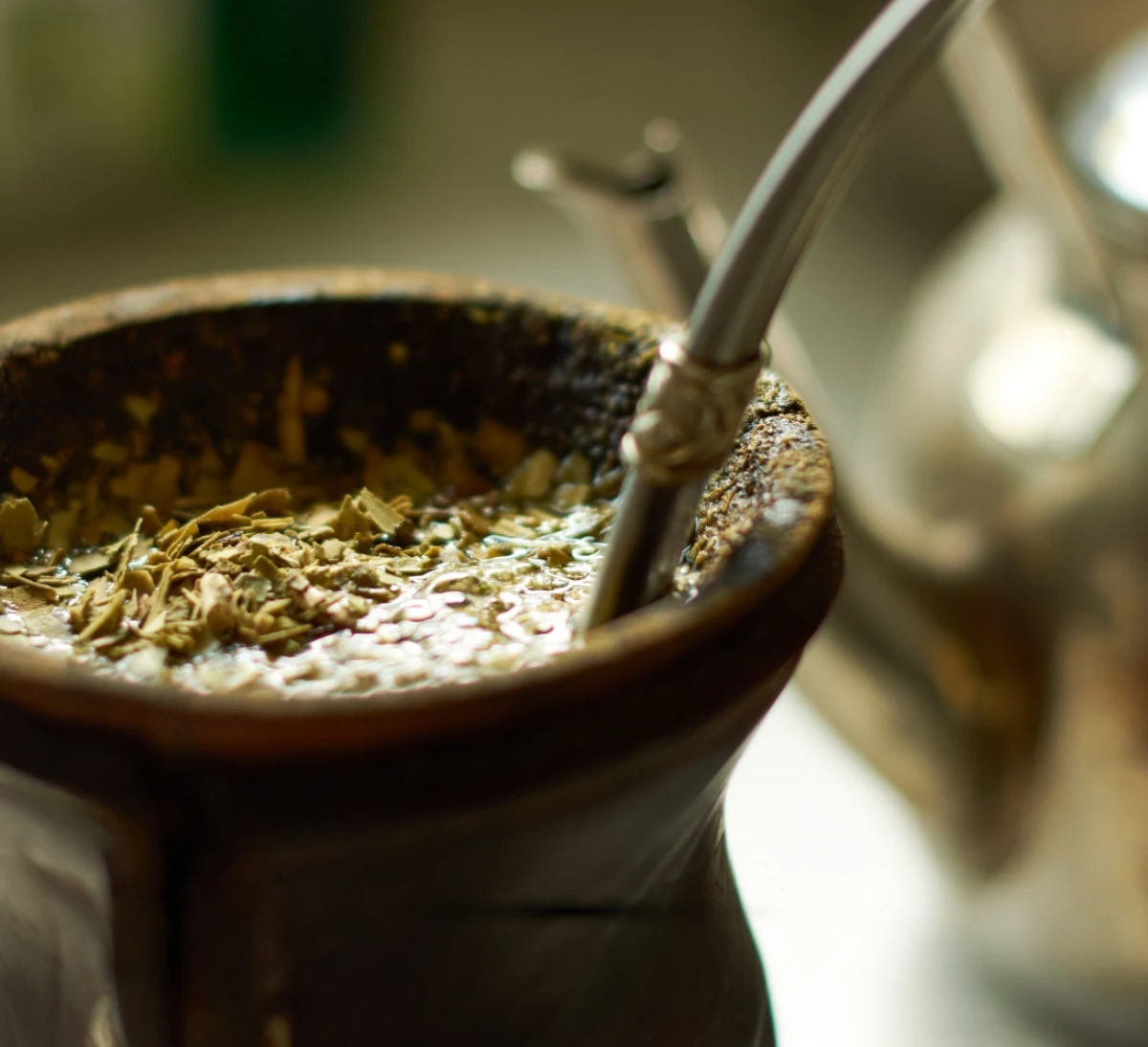
Caffeinated Teas: For Smoother, Sustained Energy
Teas are a fantastic middle ground. They offer caffeine but deliver it more gently, largely thanks to an amino acid called L-theanine, which gives you that “calm focus” feeling. It’s the perfect partner for caffeine—all of the alertness, none of the frantic edge.
1. Matcha: The Art of Powdered Green Tea
I’ll be honest, I thought I hated matcha for years. My only experience was with bitter, clumpy lattes from big-chain cafes. It wasn’t until I learned from a tea expert that I had my “aha!” moment. Real matcha is a world away from that.
It’s a fine powder made from stone-ground, shade-grown tea leaves. That shading process boosts chlorophyll and L-theanine, giving it a vibrant green color and a unique savory flavor called ‘umami’.
Getting it Right: The biggest mistake people make is using water that’s too hot. Boiling water will scorch the powder and make it taste awful. You want the water around 175°F (80°C). Quick tip: just boil your water and let it sit for a few minutes to cool down.
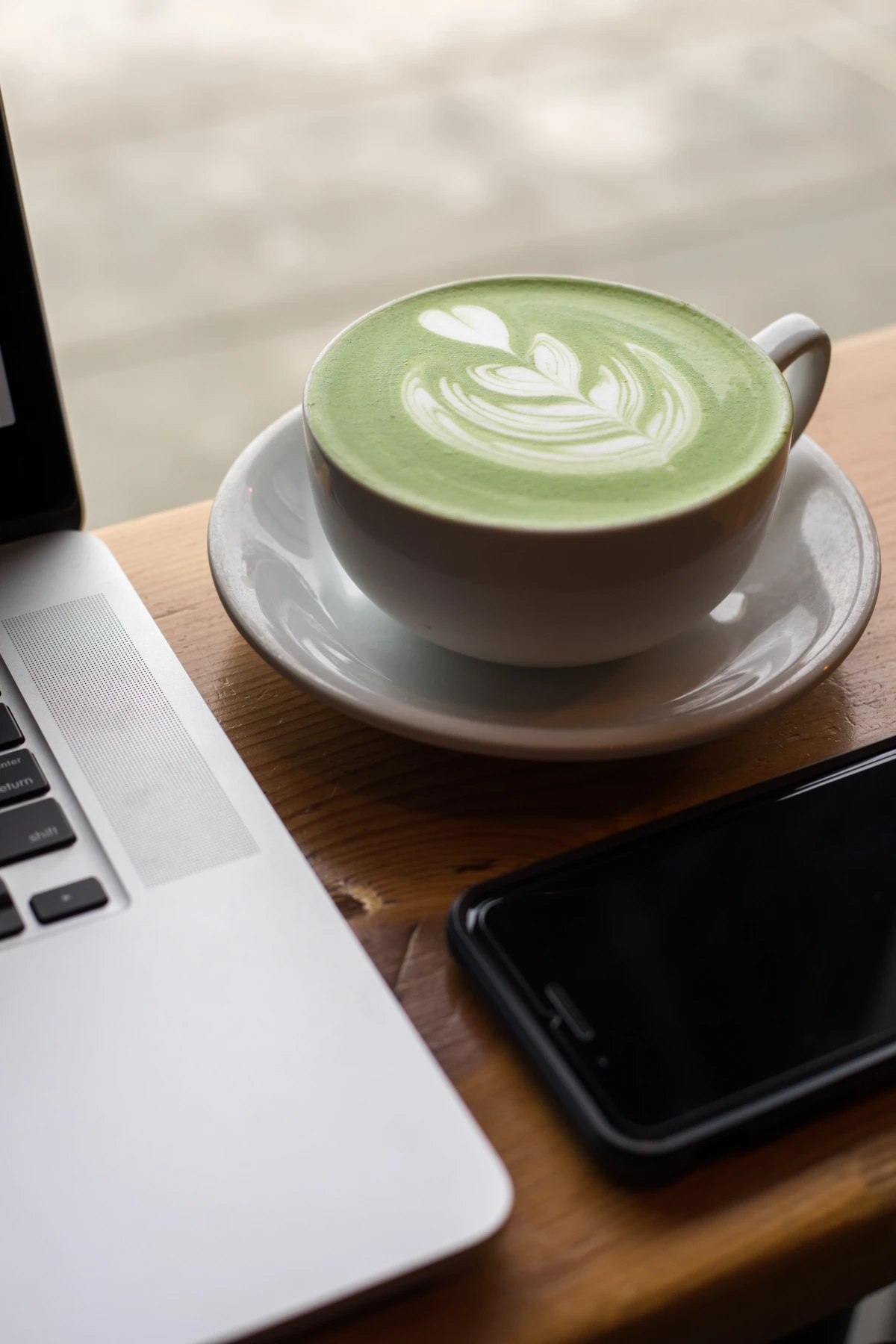
For the classic prep, you’ll need a bamboo whisk (chasen) and a small bowl. Sift one teaspoon of matcha into the bowl (sifting is key to avoid clumps!), add about 2.5 ounces of your warm water, and whisk vigorously in a W-shape until a nice, even foam appears. The motion should come from your wrist.
Lesser-known trick: Don’t want to buy a special whisk? No problem. A cheap electric milk frother, which you can get for about $10 online, works wonders. It’s my go-to hack for making matcha on the road.
What to Buy: Not all matcha is the same. Look for ‘ceremonial grade’ for drinking with water. It’s pricier—a 30g tin can run you $25 to $40—but that gets you 15-20 servings, so you’re looking at around $1.50 to $2.00 a cup. Avoid ‘culinary grade,’ which is for baking and is far too bitter to drink straight.
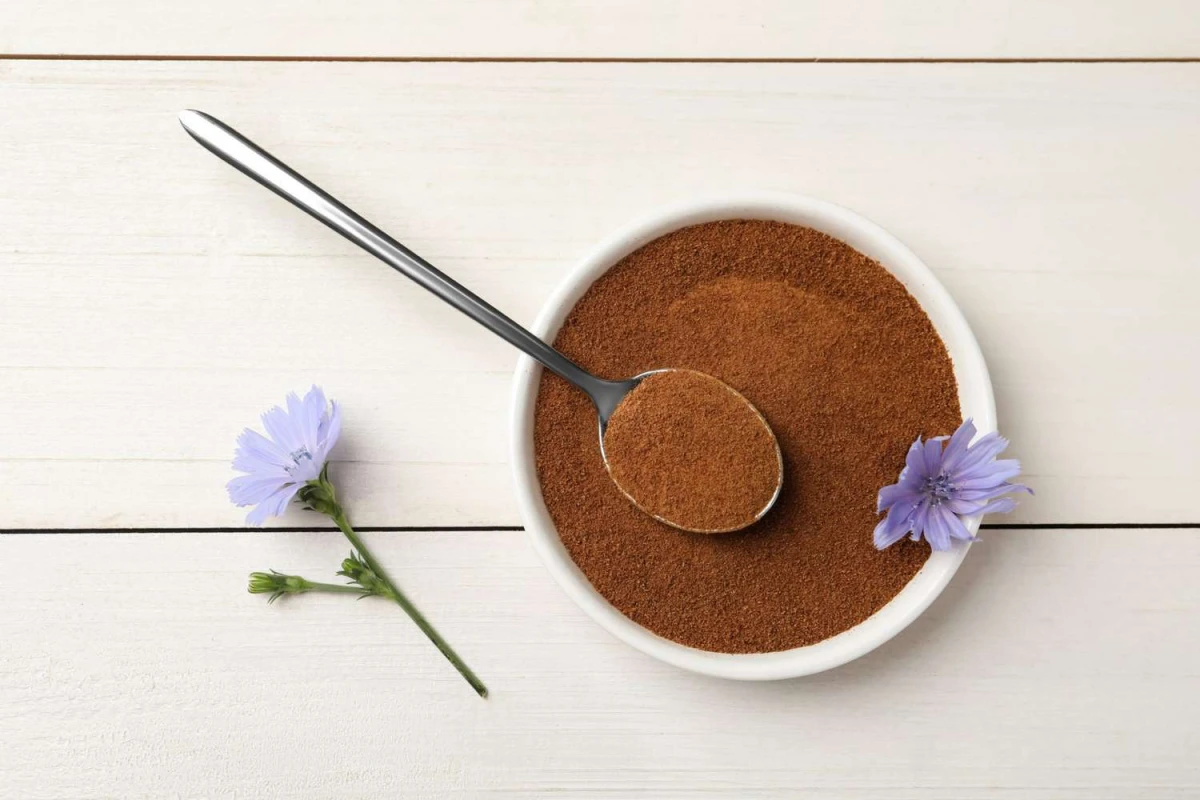
2. Yerba Maté: The Social Brew of South America
My first taste of yerba maté was from a supplier from Argentina who brought a traditional gourd and a filtered straw (bombilla) to a meeting. It’s a powerful stimulant from a native holly tree and a huge part of the culture there.
The traditional method involves filling a gourd with the leaves and repeatedly adding hot water, passing it around a circle of friends. It’s a cool ritual, but a little intimidating for a beginner.
EASY MODE: Just use a French press! It’s honestly the simplest way to start. Use about 1 tablespoon of leaves per 8 ounces of hot (not boiling!) water and steep for 3-5 minutes. Done. The flavor is very distinct—grassy, earthy, and a little bit bold.
What to Buy: You can find it at most health food stores or online. A big one-pound bag usually costs between $10 and $20 and will last you for ages, making it incredibly economical. For beginners, I recommend looking for an ‘unsmoked’ or ‘air-dried’ variety. They have a cleaner, less intense flavor. Some studies have raised concerns about the compounds created by traditional smoking methods, so air-dried is a solid choice for a daily brew.
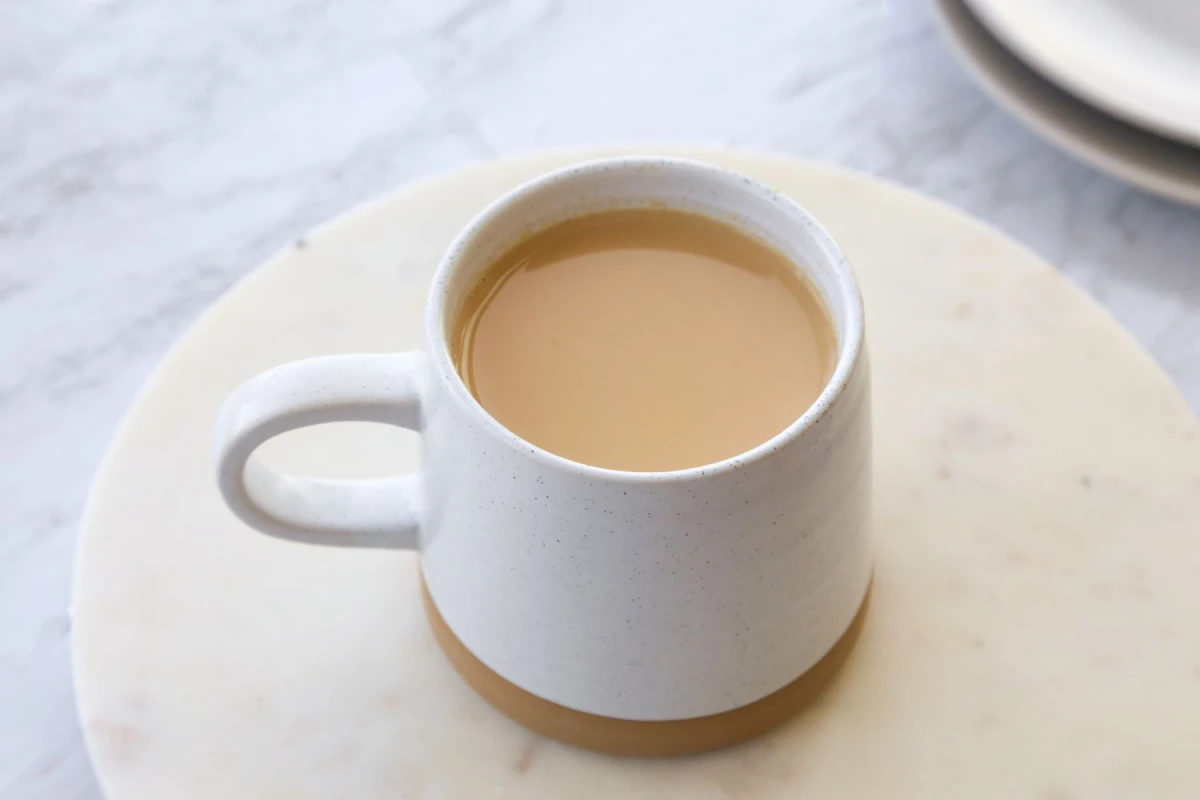
3. Masala Chai: The Real Deal Spiced Tea
Forget the sickly sweet syrups you get at most cafes. Authentic masala chai is a balanced, aromatic brew of strong black tea, milk, a sweetener, and a blend of whole spices. For years at my own cafe, we made our own concentrate from scratch because nothing we could buy even came close.
Making it is a rewarding 10-minute ritual. The secret is waking up the whole spices first. Gently crush 4-5 green cardamom pods and a 1-inch cinnamon stick. Simmer them in a cup of water with a few cloves and some fresh ginger slices for about 5 minutes until the water is fragrant. Then, add 2 teaspoons of a strong black tea (like Assam), simmer for a couple more minutes, add a cup of milk and sweetener, and heat it through. Strain and serve.
The result is a complex, warming drink with about half the caffeine of coffee, and it’s way cheaper to make at home than buying a $6 latte.
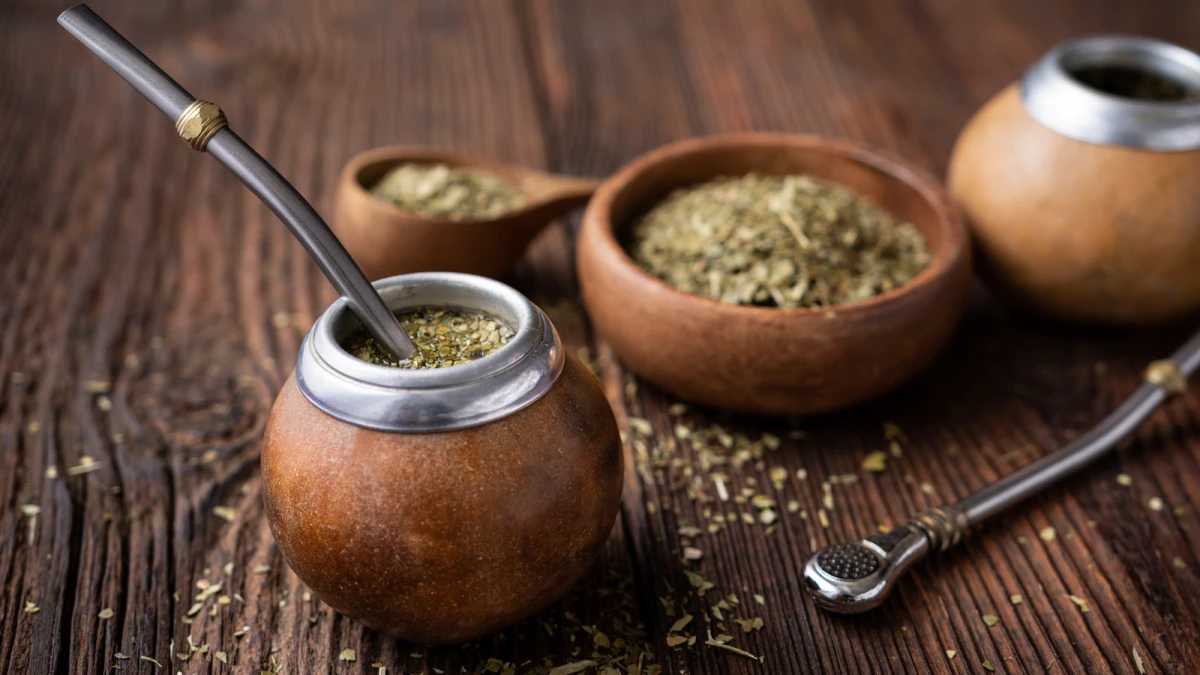
Roasted Roots: For That Deep, Caffeine-Free Flavor
If you’re ditching caffeine but still crave that dark, robust, coffee-like flavor, roasted roots are your answer. They’re a fantastic substitute.
4. Chicory Root ‘Coffee’
Chicory has been used as a coffee substitute for ages, most famously in New Orleans. The root of the plant, when roasted, develops a nutty, toasty flavor that’s remarkably close to coffee. You can buy it pre-ground in most health food stores for under $10 a bag.
Brew it in a French press—about 1 to 2 tablespoons per 8 ounces of water, steeped for 5-10 minutes. It holds up well to milk and sugar.
Pro Tip for Tapering Off Caffeine: Don’t quit coffee cold turkey. Try my ‘Caffeine Taper’ blend. For the first week, mix 3 parts regular coffee grounds with 1 part chicory in your coffee maker. The next week, go 50/50. You’ll barely notice the taste difference, but your caffeine intake will plummet without the withdrawal headaches.
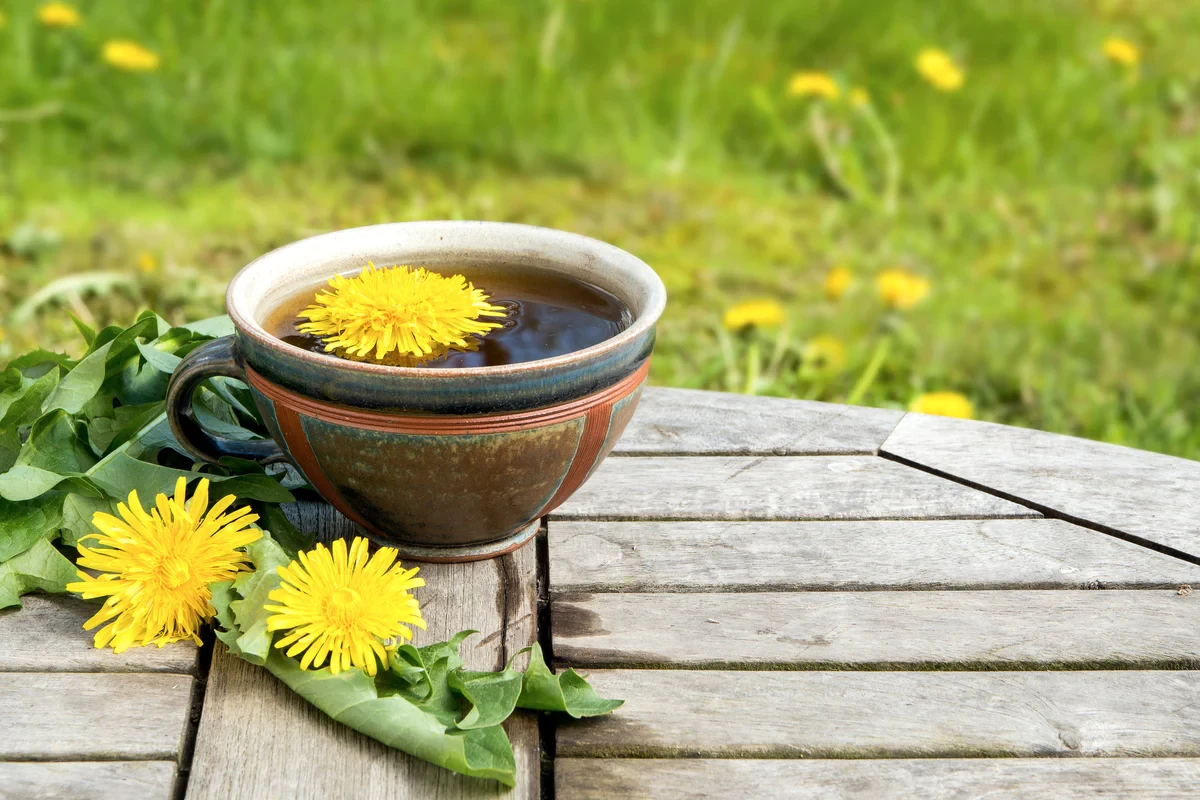
Heads up: Chicory is high in inulin, a prebiotic fiber that’s great for your gut. But if you’re not used to it, too much can cause some, uh… digestive rumblings. Start with a small amount.
5. Dandelion Root ‘Coffee’
Another classic caffeine-free substitute, dandelion root has a richer, more earthy flavor than chicory, with a satisfying bitterness that many ex-coffee drinkers appreciate. You brew it the same way as chicory, using a French press.
A serious warning here: NEVER forage for dandelion roots yourself unless you are an absolute expert. Several poisonous plants look very similar. Always, always buy it from a reputable herbal supplier who can guarantee it’s the real deal and harvested from a clean source.
Simple Rituals: Caffeine-Free & Refreshing
Sometimes you just need the ritual—a warm cup in your hands, a moment to yourself. These options are perfect for that.
6. Warm Lemon Water
It sounds ridiculously simple, but a glass of warm (not boiling!) water with a squeeze of fresh lemon is a fantastic way to wake up. It rehydrates you and the zesty taste is a nice sensory jolt. But there’s a critical rule you can’t ignore: protect your teeth. The citric acid is corrosive to enamel. My advice? Drink it with a straw and rinse your mouth with plain water right after. And wait at least 30 minutes before brushing.
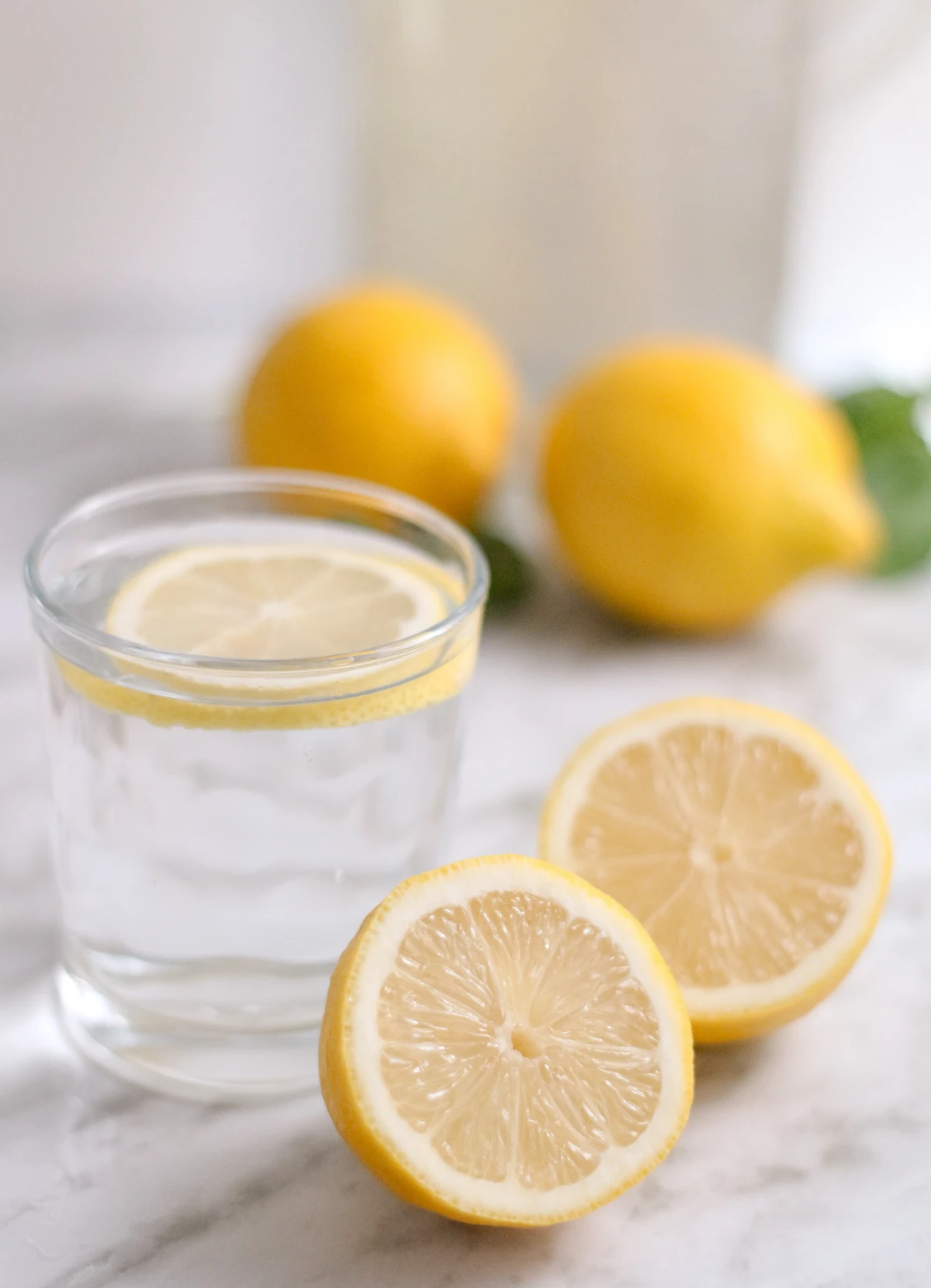
7. Golden Milk (Turmeric Latte)
This is a warm, soothing drink from Ayurvedic tradition built around turmeric, a powerful anti-inflammatory spice. To make it consistently good and fast, make a ‘golden paste’ ahead of time. Gently heat 1/4 cup of turmeric powder, 1/2 cup of water, and 1/2 teaspoon of ground black pepper (the pepper is crucial for absorption!) in a saucepan until it forms a thick paste. Let it cool.
Quick tip: Store this paste in a small glass jar in the fridge. It will stain plastic containers yellow forever. I learned that the hard way. To make your drink, just whisk a teaspoon of the paste into a warm cup of milk with a little honey and a drop of coconut oil (which also helps with absorption).
Making the Switch Successfully
Look, changing a daily habit as ingrained as coffee is tough. Don’t go cold turkey unless you have to. The best way is to ease into it.
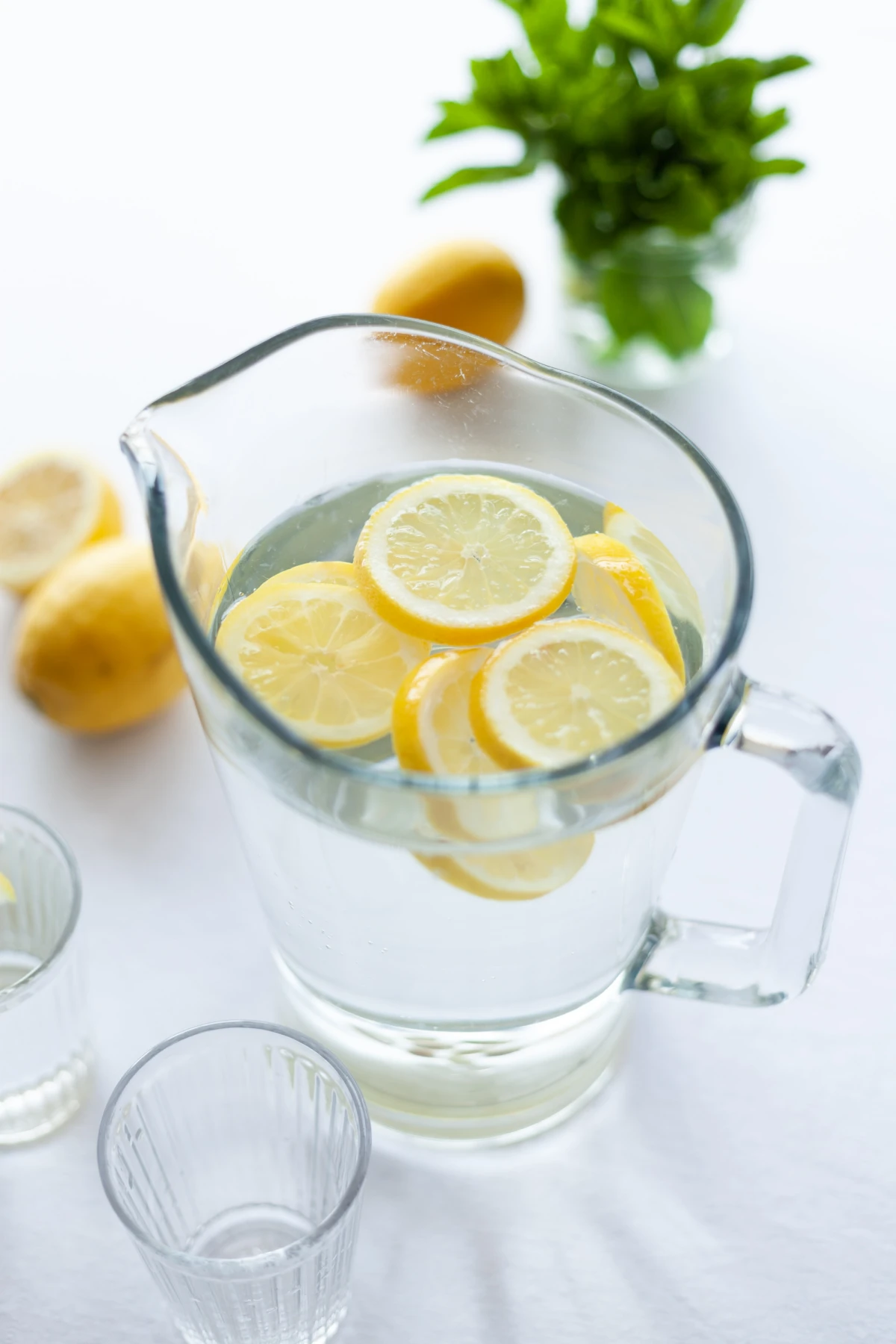
Listen to your body. Maybe matcha’s focused energy is your new secret weapon for productivity. Or maybe a cozy cup of chicory is the perfect way to wind down your day. There’s no right answer—only what’s right for you.
So here’s your mission, should you choose to accept it: Pick ONE alternative from this list this week. Just one. Replace a single coffee with it. See how you feel. The journey of exploring these new flavors is half the fun.
Inspirational Gallery
Don’t just eyeball the water temperature! This is the single most common mistake. Boiling water (212°F / 100°C) will scorch delicate matcha powder and yerba maté leaves, resulting in a bitter, astringent brew. Aim for water between 165-175°F (75-80°C) for a smooth, flavorful cup. If you don’t have a variable-temp kettle, just let your boiled water sit for a minute or two before pouring.
Yerba maté is more than just a drink; in its native South America, it’s a social ritual. The traditional gourd, or calabash, is often passed among friends and family, with each person sipping from the same bombilla (filtered straw). It’s a gesture of community and connection, a stark contrast to the often individualistic act of grabbing a morning coffee.
- Prevents the natural gourd from cracking with temperature changes.
- Removes any loose interior pulp or ‘dust’.
- Seasons the gourd, subtly enhancing the flavor of future brews.
The secret to a long-lasting calabash gourd? The simple, one-time process of ‘curing’ it before its first use. Just fill it with used maté leaves and hot water, then let it sit for 24 hours before gently scraping the inside clean.
Is ‘ceremonial grade’ matcha really worth the higher price?
For drinking traditionally (just with water), absolutely. Ceremonial grade, like those from renowned houses such as Ippodo or Marukyu Koyamaen, is made from the youngest, most tender tea leaves, stone-ground into an ultra-fine powder. This results in a vibrant green color, a naturally sweet, umami-rich flavor, and very little bitterness. Culinary grade is more robust and better suited for lattes, smoothies, and baking, where its flavor needs to compete with other ingredients.
In India, virtually every family has its own unique recipe for masala chai.
This isn’t a one-size-fits-all beverage. Some recipes are heavy on ginger for a spicy kick, others lean on cardamom and cinnamon for warmth, while some might add fennel or black peppercorns. This is your invitation to experiment! Start with a base of strong black tea (like Assam) and milk, then play with the ratios of whole spices until you find your personal, perfect blend.
Want to go completely caffeine-free? The world of herbal infusions offers vibrant flavors and benefits without the jitters. Many find they satisfy the ritual of a warm drink just as well.
- Rooibos: A red bush tea from South Africa with a naturally sweet, earthy, and vanilla-like flavor. It’s excellent on its own or with a splash of milk.
- Chicory Root: Often roasted and ground, it has a dark, rich flavor profile surprisingly similar to coffee, making it a popular substitute. Brands like Teeccino specialize in these herbal coffee alternatives.
- Golden Milk: A warm, turmeric-based Ayurvedic drink with ginger and cinnamon. It’s anti-inflammatory and deeply comforting, perfect for winding down.
The Chasen: A traditional bamboo whisk with over 80 fine tines, specifically designed to suspend matcha powder in water and incorporate air, creating the signature smooth, frothy layer.
The Bombilla: A metal straw with a filtered, bulbous end. It acts as both a straw and a strainer, allowing you to sip yerba maté directly from the gourd without getting a mouthful of leaves.
One is for whisking and aerating; the other is for sipping and filtering.
Matcha contains a unique amino acid called L-theanine, which promotes relaxation and well-being by increasing alpha wave activity in the brain.
This is the scientific key to matcha’s famed ‘calm alertness’. While caffeine stimulates, L-theanine soothes. The combination provides sustained energy and focus without the anxiety or crash sometimes associated with a strong cup of coffee, making it a favorite for focused work or meditation.
While a traditional bamboo chasen is the gold standard for whisking matcha, don’t let the lack of one stop you. A simple, handheld electric milk frother is an excellent modern shortcut. It does an impressive job of breaking up clumps and aerating the matcha, creating a perfectly smooth drink in seconds. It’s a fantastic, inexpensive way to get started.










